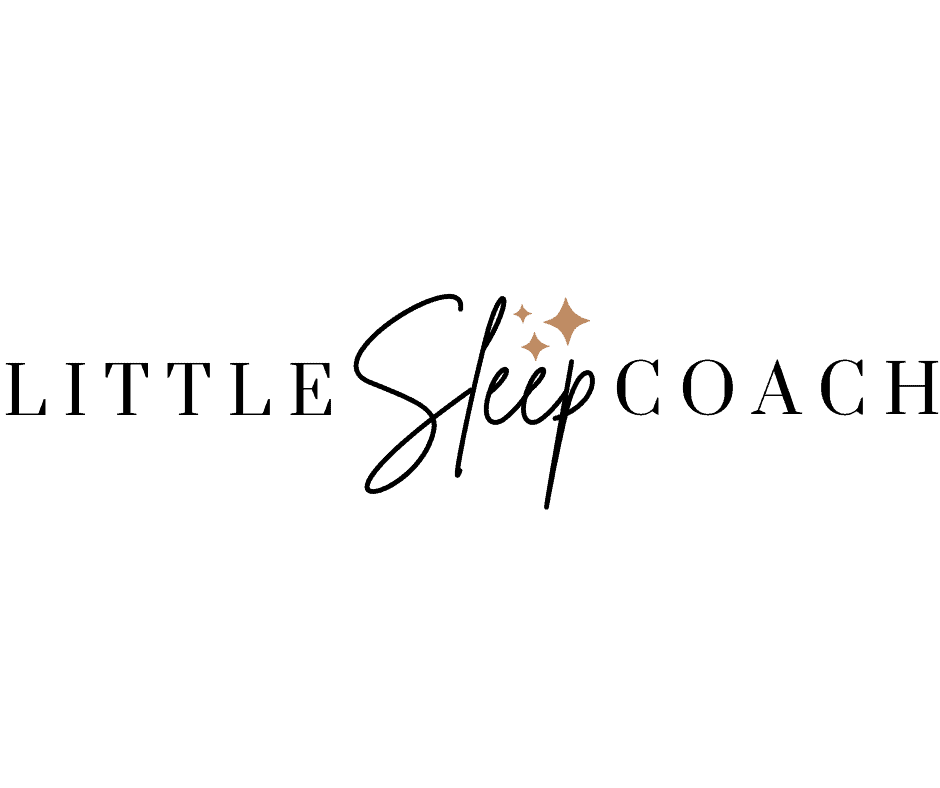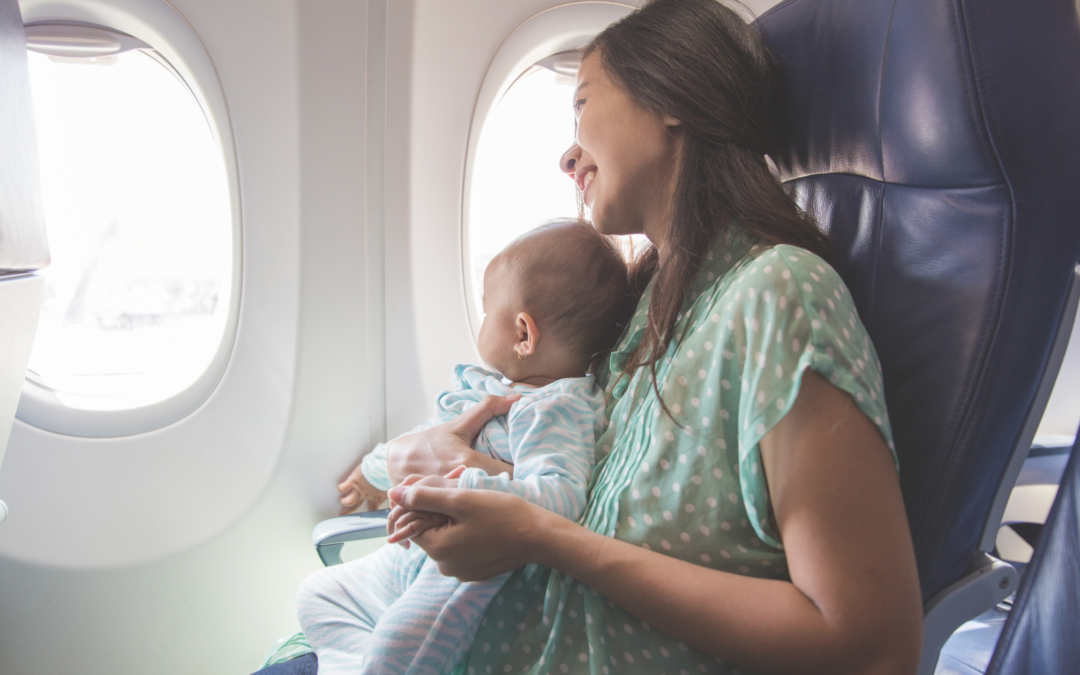Travel Tips for Stress-Free Flights with Babies & Toddler
If you have ever dreaded a long car ride with your child, a long flight can feel even more daunting. But it doesn’t have to be if you’re prepared. As a mom of two who has flown multiple times around the world, (solo and with a partner), since my kids were babies, I’ve learned a thing or two about flights and how to make them as enjoyable as possible. Its all about being prepared. Here are some tips from my own experience traveling with children:
Before Booking Your Flight
Timing is Everything:
- Quieter Times: Try to book flights when schools are in session. It’s generally quieter, and flights are often cheaper.
- Flight Times: Choose flights that leave at reasonable times to help everyone get settled and nap or sleep.
Connections:
- Direct Flights: Fewer connections mean less time wasted and less stress.
- Layovers: If you have to book a layover, pay attention to how long it is and keep in mind that a longer flight may be easier if you’re flying solo than taking a shorter travel time with a layover. This is common when flying to Europe, as there are many different routes to get to your destination.
Seating Arrangements:
- Car Seats: Check airline policies on bringing car seats on the flight and using a stroller to the gate.
- Bassinet Seats: If your baby is under 30 pounds, book a bassinet seat (typically at the front of the row) ahead of time for a safe and comfortable spot for your baby.
Prep for Departure Day
Traveling with an Infant on Your Lap:
- Extra Space: Ask at the gate or flight attendant if there are two empty seats next to each other. This way, you have more space to move. Little ones do equal extra stuff.
Long Flight Game Changer:
- Sleep Prep: Pack a plane hammock or an inflatable that converts the seat into a sleep space for little ones. These are brilliant for babies and toddlers. Bring along a pacifier, favorite blanket, or stuffed animal.
During the Flight
Snacks and Entertainment:
- Variety: Bring a variety of travel-friendly snacks to keep your child distracted and reduce boredom.
- Noise-Canceling Headphones: Great for reducing noise and helping your child sleep.
- Ipad/Tablet for older children: while we do not use screens at home, during long travel is our exception. Rules slide when traveling for the greater good and thats ok.
- Ear Pressure: Ensure they are eating or drinking during takeoff and landing to minimize ear pressure discomfort.
Plan for Delays:
- Extra Supplies: Pack extra baby food and diapers to avoid running out at the airport. Overpack your diaper bag for unexpected delays.
Packing Essentials
Packing the Carrier:
- Hands-Free: When traveling with an infant, pack the carrier. Place the infant in the carrier at the gate to have both hands free for managing carry-ons and settling into your seat.
Stroller Tips:
- On-Board Stroller: Bring your stroller on the plane if it fits in the overhead bin or gate-check it if it’s too big. Some airports require strollers to be checked with luggage, so pack a carrier appropriate for your child’s age.
- Avoid Meltdowns: If your child is transitioning out of stroller use, pack the stroller for long flights or overnight travel. It helps prevent meltdowns in customs or at baggage claim.
Binder Clips and Painter’s Tape:
- Curtains and Pack ‘n Play: Binder clips can secure curtains for naps or attach a sheet around a pack ‘n play.
- Baby-Proofing: Painter’s tape can baby-proof the room by securing cables.
Traveling on the Day
Clip-on Toys and Shoes:
- Skip shoes for small babies and use clip on toys for distraction to prevent losing them. Most flights have family-friendly boarding after priority has boarded. This typically means you get to load onto the plane before the larger zones get to board. This gives you time to fold your stroller up if you are leaving it at the gate and to settle into your seat, pulling out what you need for the flight. The boarding process can be busy, typically with a lot of people standing around as you try to weave your way to board. The last thing you need is to double back into the crowd for a lost shoe or toy and miss the family boarding opportunity.
Clothing and Baby Items:
- Comfortable Clothes: Dress your baby in comfortable, easy-to-change clothes. Avoid tight waistbands and restrictive clothing. This can often lead to discomfort and trapped wind.
- Plan for Blowouts: If you plan for them, they will probably never happen. Change your little one’s diaper as close to boarding as possible; this gives you peace of mind and lots of time to settle before needing to change again on the flight.
- Feeding: Plan to safely feed as soon as possible on the plane, during takeoff and landing is ideal to help with adjusting to pressure.
- Distribute Items: Spread baby items across your baggage in case a bag gets lost.
At the Destination
Booking Accommodations:
- Condo, Suite, or Large Room: Consider booking a condo, suite, or larger room for longer stays instead of a regular-size hotel room. This gives you extra space to set up a sleep space and space to have a meal or bottle of wine in the evenings. We’ve spent evenings eating dinner in the bathroom and hallway because we didn’t plan for this!
- Baby Equipment: Check if your destination provides a pack ‘n play or crib. You might need to rent baby equipment.
- Vaccinations: Ensure your baby’s vaccines are up to date if traveling abroad.
Car Seats:
- Rental vs. Own: While you can rent car seats at major destinations, bringing your own ensures you know its history and condition. Typically, North American car seat regulations are higher than most other countries.
Carriers and Strollers:
- Versatility: Consider the size of your stroller. In Europe, larger strollers can be harder to maneuver, so a carrier might be more practical in small shops, narrow paths, beaches, etc. I recommend bringing both while traveling.
Sleeping Arrangements:
- Quiet Area: Choose a dark, quiet area to set up the crib. Make the sleep area similar to home with a white noise machine and favorite blanket or stuffed animal.
- Diaper Changing Station: Set up a diaper changing station with a towel, changing mat, diapers, and wipes nearby to avoid searching for items during changes.
Sleep Routine:
- Consistency: Try to recreate a similar sleep routine as at home. Use sound machines and darken the room with binder clips for curtains and painter’s tape to seal light gaps.
- Safety: Painter’s tape can also baby-proof electrical outlets and keep cords taped down to prevent accidents.
Stay calm and patient throughout the journey because children can sense our stress and anxiety. Be ready for the unexpected, and go with the flow when things don’t go as planned. Don’t overbook your days; instead, plan for naps and downtime to ensure your little one doesn’t get overstimulated. No one is enjoying the trip if meltdowns are frequent. There will be a few skipped naps and late nights, but that’s okay. Once you’re back home and in your regular routine, your child’s sleep will get back to normal. Remember to take lots of pictures & videos to look back on. Happy travels!

